Maintaining Vintage Wood Finishes: Keep the Story Alive
Today’s chosen theme: Maintaining Vintage Wood Finishes. Welcome to a friendly space where craft meets care, and every scratch, sheen, and whisper of patina is honored. Discover timeless techniques, practical routines, and heartfelt stories that help you preserve history without erasing it. Share your challenges, subscribe for future guides, and tell us which piece you’re rescuing next.
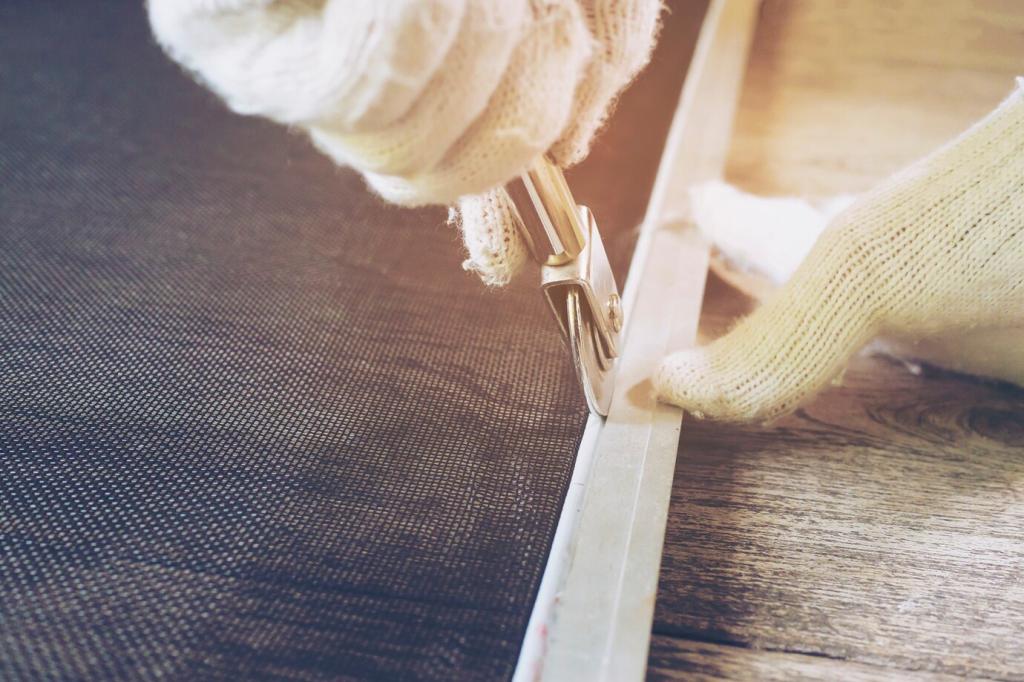
Know Your Finish and Patina
Shellac, often applied as a French polish, creates a warm, chatoyant glow prized on antiques. It dissolves in alcohol, so avoid boozy cleaners or spirits while dusting or waxing. Maintenance usually means gentle cleaning, careful padding with fresh dewaxed shellac when needed, and very light microcrystalline wax. When done well, you keep age and depth intact, while restoring clarity that respects the original handwork.
Vintage lacquer, common from the 1920s onward, softens with lacquer thinner; varnish generally does not. That one difference determines how you clean and repair. Use discrete spot tests, never on an exposed face. If the finish is lacquer, think gentle cleaning and conservative melt-in repairs; if varnish, favor non-polar solvents and protective waxes. Identifying the finish first prevents accidental softening, dulling, or irreversible reactions.
Older utilitarian pieces often carry oil and wax finishes that invite touch and routine renewal. Over-oiling, however, can darken wood and attract dust, creating gummy films that smother detail. Use sparing coats, wipe thoroughly, and avoid silicone-laden products that contaminate future repairs. A hard microcrystalline wax, buffed softly, provides a protective bloom without plastic glare, letting the grain, pores, and subtle patina breathe and read authentically.
Clean, Don’t Strip
Dry Dusting Done Right
Start with the least aggressive step: a soft horsehair brush and a clean microfiber cloth. Work along the grain to avoid catching edges or packed dust in pores. Compressed air is tempting but can drive grit deeper. A gentle touch minimizes micro-scratches that cloud sheen, keeping the surface visually calm and ready for more focused cleaning. Share your favorite dusting tools with us and why they’ve earned your trust.
Solvent Sense and Spot Tests
Mineral spirits often lifts greasy grime without attacking many vintage finishes, but always test beneath or inside first. Avoid water-based cleaners unless you absolutely know the finish tolerates moisture. For shellac, skip alcohol in cleaning; for lacquer, avoid hot solvents. Use cotton swabs, go slowly, and compare gloss before and after. Comment with your safest, time-tested method, and what you learned from your first nervous cleaning session.
Wax as Protective Breathable Armor
A thin layer of microcrystalline wax can protect against fingerprints, moisture, and daily scuffs while retaining authentic luster. Apply sparingly with soft cloth, allow to haze, then buff gently—no power buffers, no thick layers. The aim is a protective veil, not a candy shell. Wax also reduces future cleaning effort by sealing pores from airborne grime. Subscribe for a printable, step-by-step waxing checklist tailored to delicate vintage finishes.
White rings usually indicate trapped moisture in the finish, not the wood. Try gentle heat with a hair dryer, moving constantly, or a warm iron through brown paper at low heat. Mineral spirits can clarify greasy halos; avoid alcohol on shellac. For black iron stains in oak, carefully use oxalic acid after testing. Tell us which ring vanished under your care—and which stubborn mark taught patience and humility.
Small Repairs, Big Respect
Use hard wax fill sticks or shellac-based touch-up sticks, softened and leveled, then toned with pad-applied color. Feather edges so repairs disappear into surrounding patina. Pigment glazes can neutralize bright scratches; a whisper of rottenstone can mellow sheen. The trick is restraint—fix the interruption, not the entire surface. Share pictures of a successful blend where the scar became a quiet, honorable chapter rather than a loud correction.
Small Repairs, Big Respect
Guard the Finish from the Environment
Humidity and Temperature
Wood moves. Target 40–55% relative humidity and moderate temperatures to stabilize joints and reduce finish stress. Rapid swings telegraph cracks, print witness lines, and open seams. Avoid heat vents and fireplaces that bake finishes brittle. A small digital hygrometer pays for itself in prevented damage. Tell us your region and how you manage seasonal shifts without turning a living room into a conservation lab.
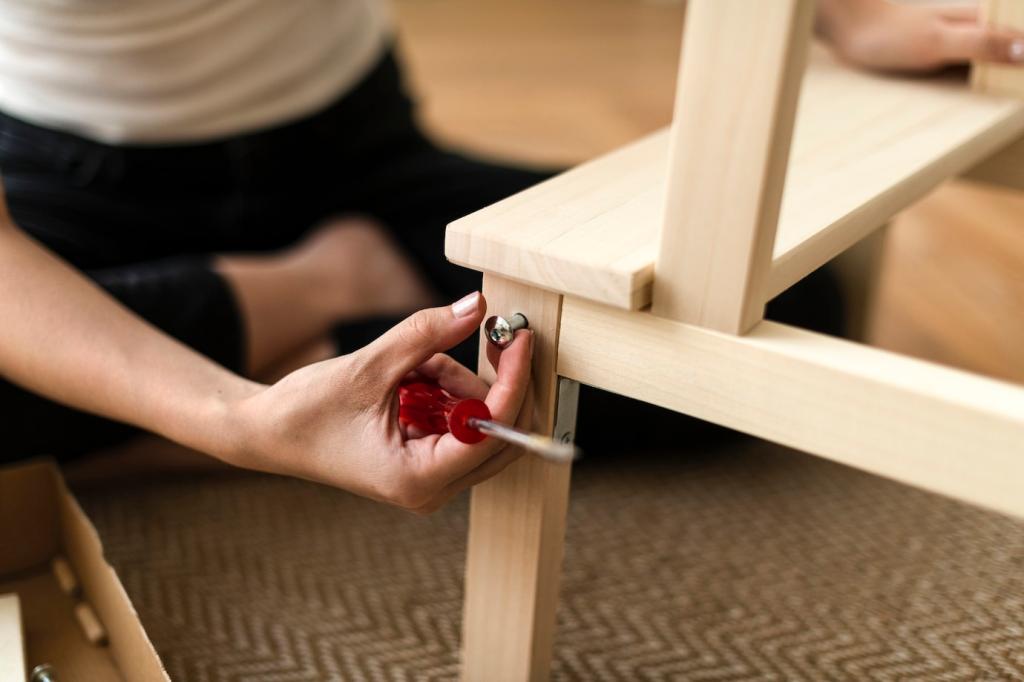
Preservation Ethics: Patina Over Perfection
Patina records touch, light, and time, anchoring a piece to its lived history. Over-polishing flattens this story into sterile gloss. Museums prefer minimal intervention because originality and context are irreplaceable. When maintaining vintage wood finishes, prioritize stabilizing and protecting over chasing showroom shine. Tell us about a moment you almost overdid it—and what convinced you to leave well-earned character right where it belonged.
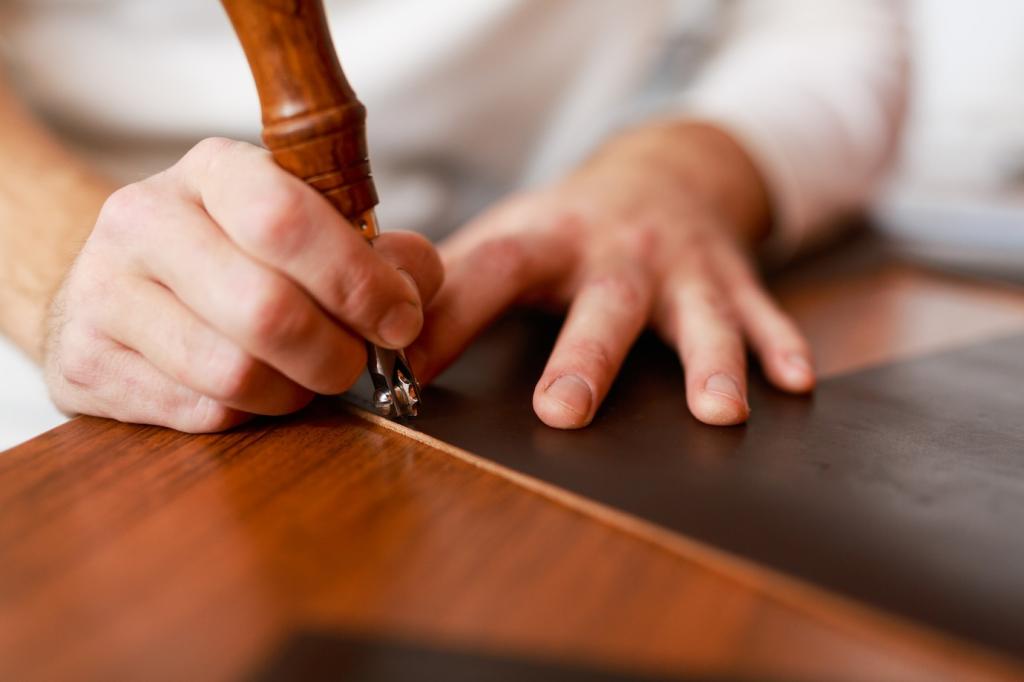
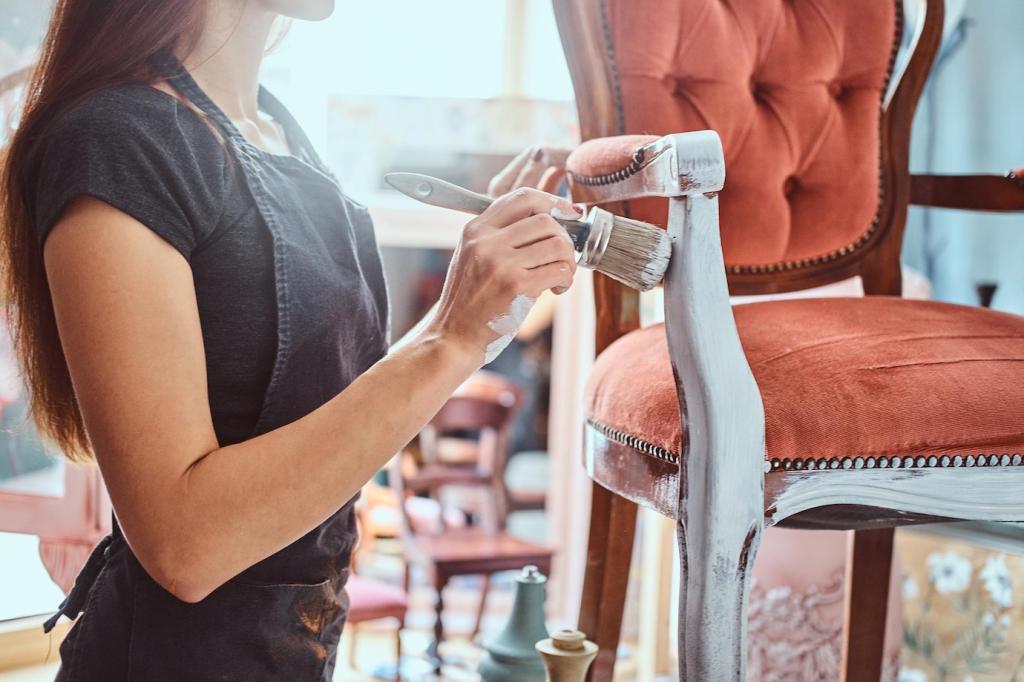
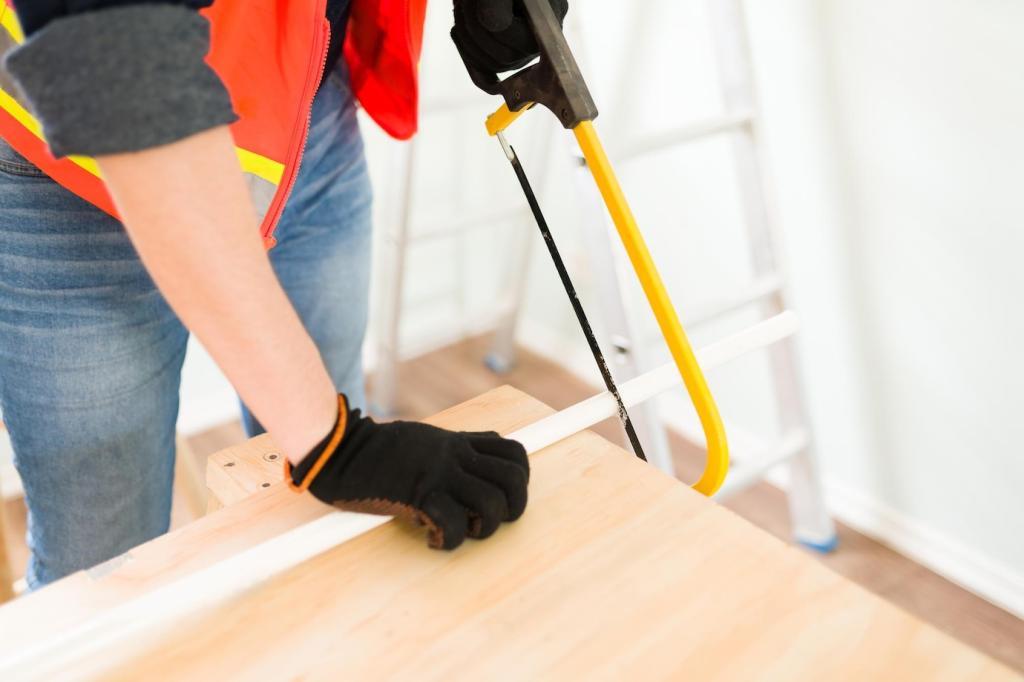
Benchside Stories and Community
A reader rescued a quarter-sawn oak desk dulled by nicotine and dust. A cautious mineral spirits wipe, followed by microcrystalline wax, revealed ray fleck that glowed like ripples in grain. The owner kept every ink ghost but lost the grime. Have a similar triumph? Post your before-and-after and tell us what detail surprised you most when the finish finally breathed again.
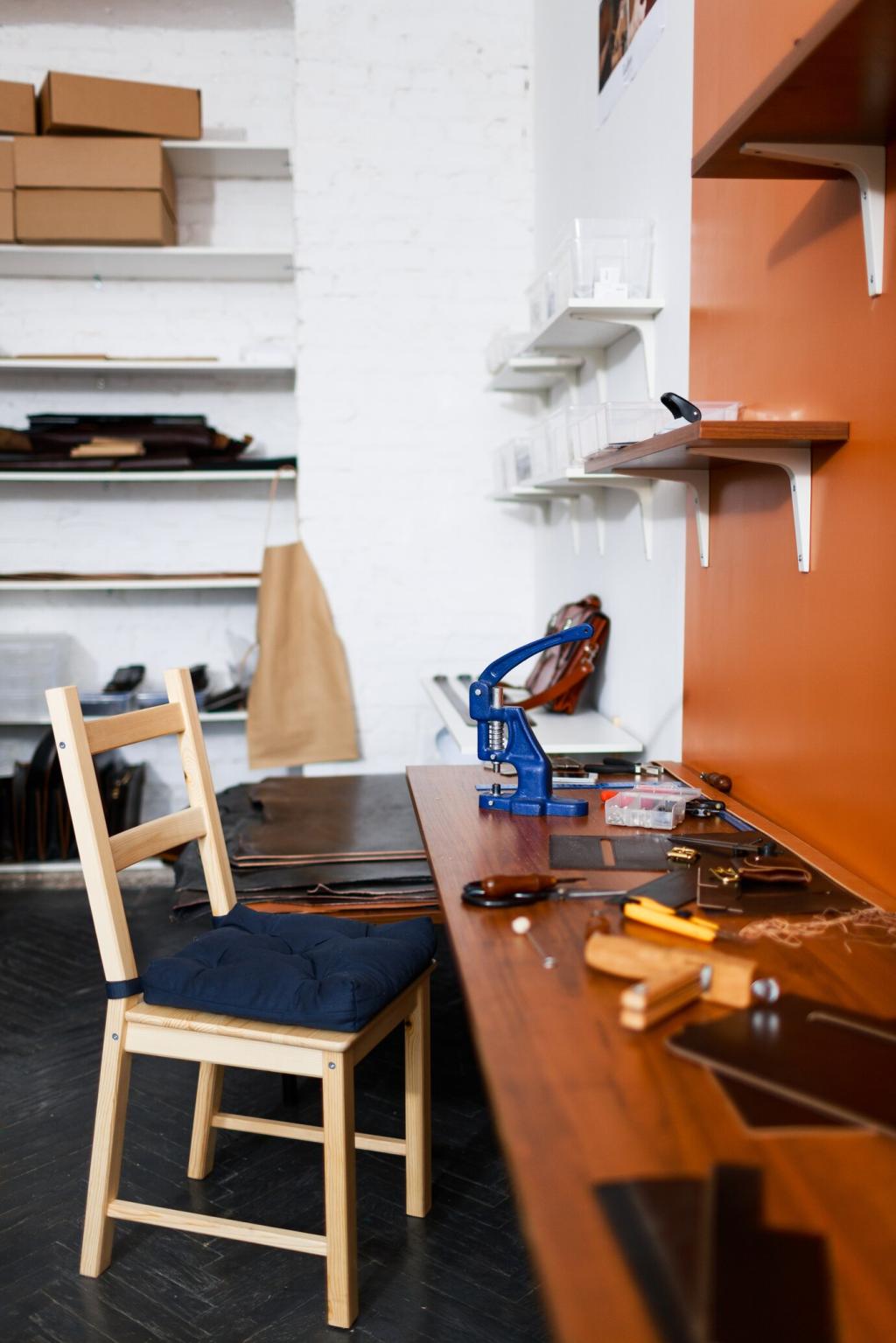
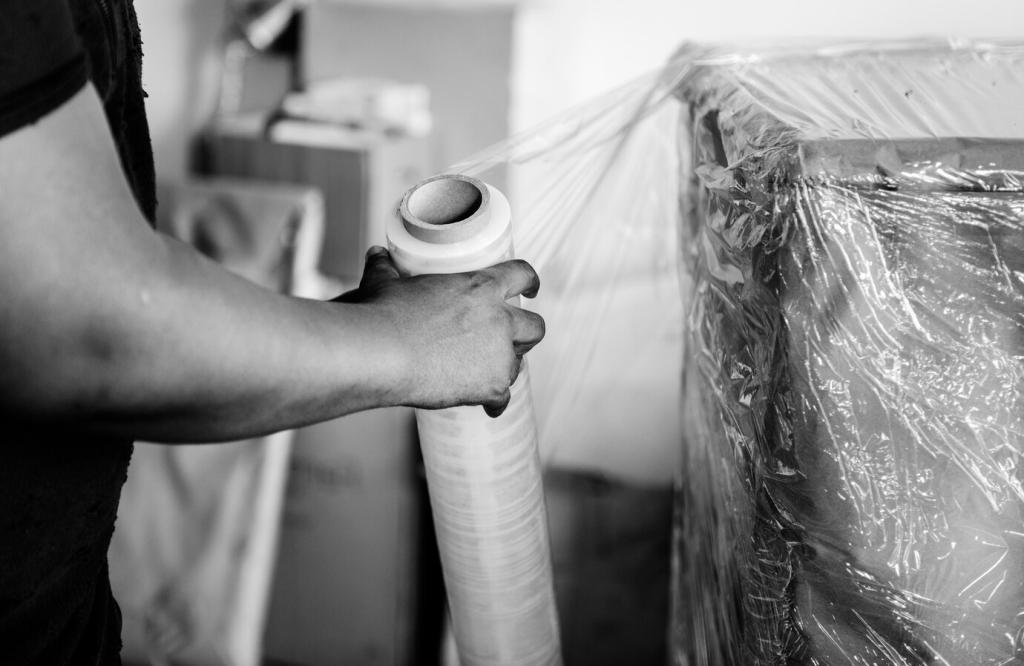
Benchside Stories and Community
A rosewood radio cabinet from the 1930s arrived sun-faded and dry. No stripping—only gentle cleaning, a padded touch of shellac to knit crazing, then a restrained wax. The grille cloth looked richer because the surrounding finish regained depth. If you’ve revived a small piece with outsized impact, share your photos and the single step that made the biggest visual difference.
